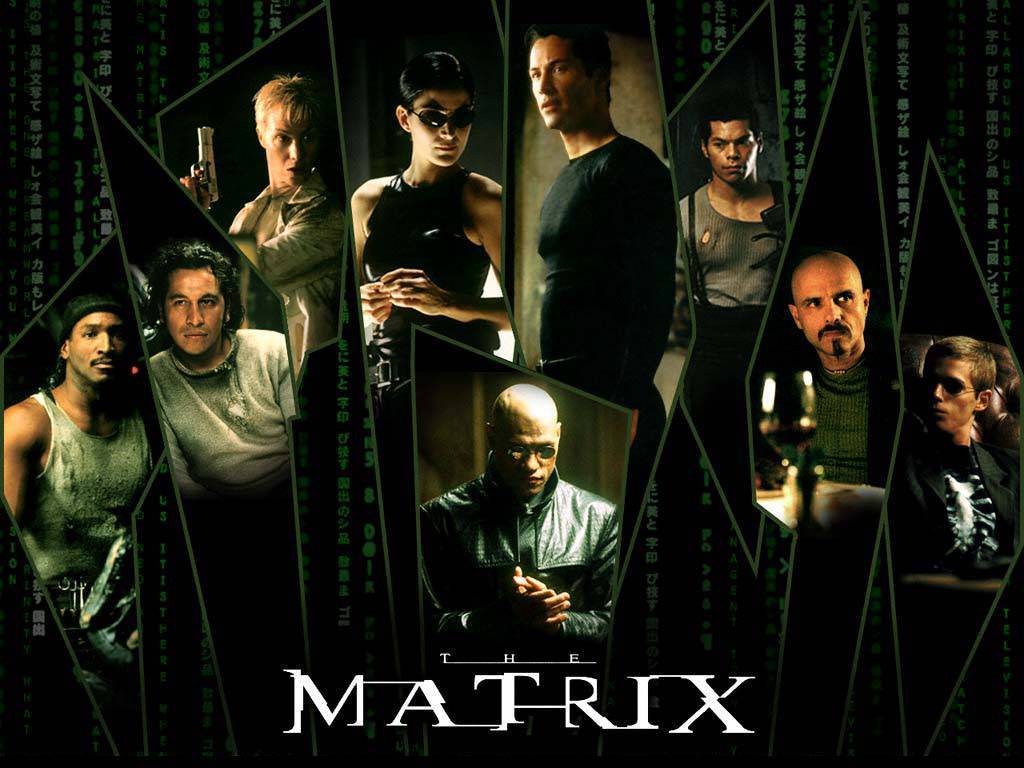A Geek's Compendium
The past, present, and future of Science-Fiction and Fantasy. News, reviews, and "remember when."
Saturday, September 17, 2011
Tuesday, April 26, 2011
And the Nominees Are...
Monday, April 25, 2011
Mourning in April
Elisabeth Sladen

Sladen started her career as one of the most famous "Dr. Who" companions in 1973, after Katy Manning left the show. Playing opposite Jon Pertwee, the Third Doctor, Sladen became the beloved Sarah Jane Smith, and stayed on for three and a half seasons; as Pertwee finished as the Third Doctor, and Tom Baker picked up as the Fourth Doctor. Her departure from the series made front page news, and she returned later as guest appearances. Later she went on to have her own successful television spinoff series: "The Sarah Jane Chronicles."
Sladen began her performing life at the age of five by dancing in a production with the Royal Ballet. After attending drama school, she later traveled across England and appeared in numerous plays, such as Desdemona in "Othello."

Sladen worked on "Dr. Who" and "The Sarah Jane Chronicles" until 2010. She died at age 65 from cancer.
Thursday, March 31, 2011
Review: Sucker Punch


New Season of Doctor Who
Monday, March 7, 2011
A Genre of Subgenres
Three of the most famous of these are: Space Opera, Cyberpunk, and Steampunk. While these are some of the most common, it cannot be forgotten that most of the subgenres blend together to create the final product. With Zac Snyder releasing the first mainstream Steampunk film, here's a look back on some of the more famous of the three subgenres:
Space Opera
There is only one space opera that has claimed the hearts of millions of viewers in the world, both sci-fi fans and simply moviegoers alike: Star Wars.
George Lucas spent years into putting together the first film. Originally intended to just be Star Wars, the popularity surprised Lucas, and thus persuaded him in creating the Star Wars saga. Star Wars set the standard for science fiction films. Episode V: The Empire Strikes Back, is even considered the best science fiction film ever made. While the franchise has expanded to novels, video games, and expanding on both the Old Republic, and the issues of the New Republic, nearly 34 years later, and the saga shows no signs of slowing down.
Cyberpunk
With titles such as "Do Androids Dream of Electric Sheep" and the film, "Neuromancer" cyberpunk emerged from the science-fiction genre as an era in the 80s/90s. Coined by Bruce Bethke with his short story "Cyberpunk," the era featured advance science, information technology concepts, themes of a breakdown or radical order in the social order, hackers, AI, and more.
"The Matrix" is perhaps one of the most remembered of the Cyberpunk era films. With Keanu Reeves playing the protagonist, Neo, and Hugo Weaving as his antagonist, Agent Smith, the story follows the course of the humans fighting to be awakened and reclaim Earth. While the triology found itself taking turns into different, dark corners of the subgenre that possibly should not have been addressed, it managed to create a complete story that affected novels, and even anime, in the Cyberpunk era.
Steampunk
The youngest of the movements, currently still in a characteristic/subgenre phase. Although it is slowly making its way to declare itself as a movement. With the first ever Steampunk Expo in 2010, in Michigan, Steampunk has garnered a following of millions, creating a subculture as it works to declare itself an era.
The concept of Steampunk is best described with a question: What would happen if the Industrial Revolution was pushed back a century? Throw in mythological creatures and you are now a part of Steampunk.
Zac Snyder (Watchmen, 300) will be releasing the first mainstream Steampunk film later this month. "Sucker Punch" may not be your average Steampunk story, but it has a lot of potential of setting the groundwork for future Steampunk films. It follows the story of a young girl, played by Emily Browning (A Series of Unfortunate Events), who is institutionalized by her evil stepfather. With the advice of Madam Gorski, played by Carla Gugino (Watchmen), she retreats into an alternate realtiy to devise a way for her, and the other girls, to escape.





